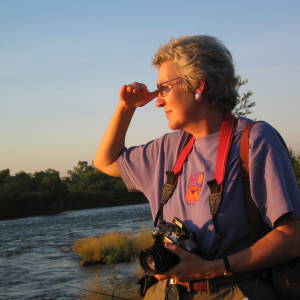Japanese war graves in Cowra
Yesterday I recorded a little of the story of the breakout of 1000 Japanese prisoners of War from the Cowra prisoner of war camp on 5 August 1944. Today we visited the Japanese war cemetery in Cowra where the people of Cowra buriedb each of the 234 Japanese prisoners who were killed in the breakout. They maintained their graves over many years. So impressed about this were the people of Japan that they worked with the people of Cowra to build the wonderful Japanese Gardens we visited yesterday.
The top photo shows the entrance to the Japanese war cemetery. The middle photo is typical of the 234 graves of the Japanese prisoners who were killed on 5 August 1944 in the breakout. It was very moving to see row after row of them. Many commentators believe that a great number of the prisoners really saw the breakout as honourable suicide. The bottom photo shows the gravestones of the four Australian soldiers who were killed in the breakout.
After we left the cemetery, we drove about 40 km out to the Wyangala dam. By the time we were returning, it was getting close to sunset. On Australian roads that means it’s time to start ‘kangaroo watch’. Kangaroos come out in the dusk to forage for food and can very suddenly jump onto the road. This is particularly so in wooded areas. Because we have done a great deal of driving through outback Australia we are very used to going on ‘kangaroo watch’. Today we had a near miss with two kangaroos on the side of the road. The extra photo shows the time of day when going on ‘kangaroo watch’ is essential.


Comments
Sign in or get an account to comment.


